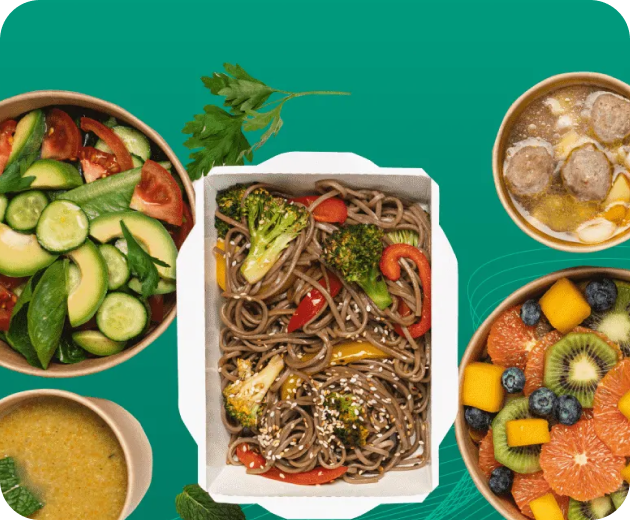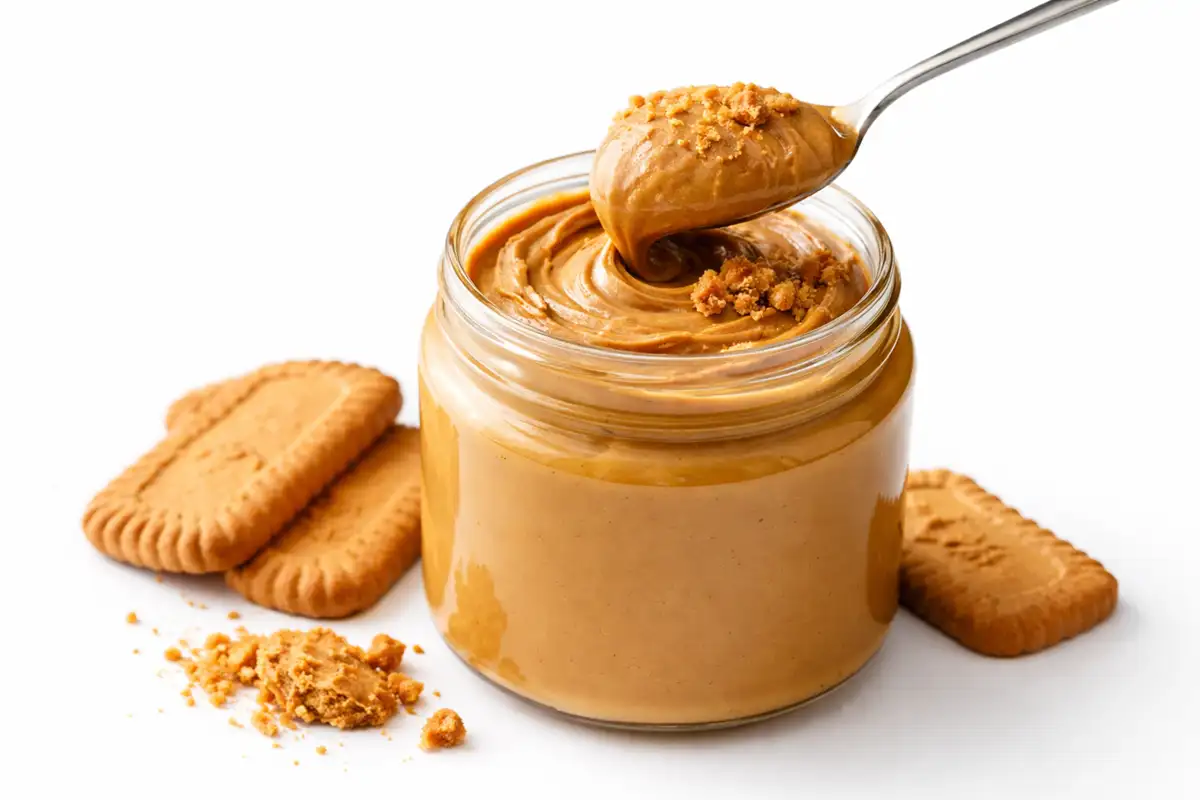How Food Demand Forecasting is Shaping the Future of Foodservice
Food demand forecasting is an essential process that involves predicting future food consumption patterns to ensure efficient supply chain management, reduce waste, and meet consumer needs effectively.
As the global population continues to grow, with projections indicating it will exceed 9 billion by 2050, the complexity of accurately forecasting food demand becomes increasingly critical for policymakers, businesses, and researchers alike.
This article explores the importance of food demand forecasting, its role in supply chain management, and methods for predicting future consumption.
What is food demand forecasting?
Food demand forecasting involves predicting future consumer demand for food products, allowing businesses to plan their inventory, production, and marketing strategies accordingly.
This process relies heavily on food analytics, historical data, and current market trends.
Accurate forecasting helps businesses reduce waste, optimize supply chains, and improve foodservice sales by ensuring the right products are available at the right time.
Why food demand forecasting is important?

Food forecasting is vital for agricultural planning and plays an important role in addressing food security and sustainability challenges.
Advancements in Technology and Data Analytics
Recent advancements in technology and data analytics have revolutionized the methods used in food demand forecasting.
Traditional approaches, which often relied on historical sales data and simplistic models, are now being supplemented or replaced by sophisticated machine learning algorithms and statistical models.
These modern techniques enable more precise predictions by analyzing a multitude of variables, including consumer behavior, economic trends, and environmental factors.
For example, machine learning models have been shown to significantly enhance the accuracy of short-term demand forecasts in food service sectors, helping to minimize food waste and optimize inventory management.
The Bayesian, Decision Tree, and stepwise analysis methods for food demand forecasting produce forecasts with an accuracy of up to 85%.
Impact of E-commerce on Food Delivery Forecasting
The rise of digital platforms and food e-commerce has transformed the food delivery industry, necessitating innovative forecasting solutions that cater to the unique dynamics of online food ordering.
These solutions aim to balance supply with fluctuating demand, and by extension, improve operational efficiency and customer satisfaction.
Integrating food market research into these strategies ensures that businesses stay tuned to both consumer expectations and unforeseen market shifts.
Who needs food demand forecasting?
Demand forecasting is essential for various stakeholders in the food industry.
Consumer Packaged Goods (CPG) companies, retailers, and restaurants all rely on accurate predictions to meet customer needs efficiently.
For CPGs, understanding food consumer insights is key to creating products that resonate with consumers.
Retailers, especially those dealing with perishable goods, need to manage their stock levels precisely to avoid spoilage.
Restaurants use forecasting to plan their menus and procurement, ensuring they offer fresh ingredients while minimizing waste.
Forecasting methods in foodservice
Several methods are used in food demand forecasting, ranging from traditional techniques to advanced AI-driven approaches.
Historical sales data, food surveys, and foodservice data analysis have long been staples of demand forecasting.
However, these methods can be limited by their reliance on past trends, which may not account for sudden shifts in consumer behavior or market conditions.
Modern methods leverage machine learning and AI, which can analyze vast amounts of data in real time, identifying patterns and predicting demand with greater accuracy.
These technologies can incorporate external factors like weather, social media trends, and even local events, providing a more holistic view of what drives demand.
Examples of forecasting in action
Several companies have successfully implemented advanced forecasting methods to stay ahead of demand. For example:
- Some grocery chains use AI to predict which products are likely to sell out during certain periods, allowing them to adjust their inventory levels proactively.
- Restaurants can also benefit from forecasting by anticipating peak times and adjusting staff levels or ingredient orders accordingly.
- Dynamic pricing models, which adjust prices based on demand predictions. This approach helps maximize profits while ensuring that products are sold before they spoil, reducing waste significantly.
How AI is shaping food demand forecasting
AI is revolutionizing the way businesses approach demand forecasting.
Unlike traditional methods, AI can process and analyze food analytics from multiple sources simultaneously, offering insights that are deep and actionable.
For example, machine learning algorithms can identify subtle patterns in food consumer insights that may not be apparent through manual analysis.
AI can also help businesses respond quickly to changes in demand.
If a sudden shift in consumer behavior is detected, AI systems can recommend adjustments to production schedules, inventory levels, and marketing strategies, ensuring that businesses remain agile and competitive.
Tastewise, a consumer intelligence platform, exemplifies how AI can be used to harness the power of foodservice data to predict and meet consumer demands swiftly.
By providing businesses with the tools to execute campaigns flawlessly and innovate risk-free, Tastewise ensures that companies stay ahead of trends and validate concepts with unprecedented speed.
What is the future of food demand forecasting?
As AI and machine learning continue to evolve, the future of food demand forecasting looks promising.
Businesses will increasingly rely on these technologies to provide real-time insights and predictive analytics, allowing them to stay ahead of consumer trends and market changes.
The integration of AI into demand forecasting will also likely lead to more personalized consumer experiences, as businesses use data to tailor their offerings to individual preferences.
Furthermore, the role of external data sources, such as social media and weather forecasts, will become even more critical in shaping demand predictions.
As these technologies become more sophisticated, we can expect even greater accuracy in forecasting, leading to reduced waste, optimized supply chains, and improved foodservice sales.
FAQs
Global food demand is influenced by several key factors. Rising incomes in developing countries are driving up demand for protein-rich foods, while poverty still limits access in poorer areas.
People are also shifting toward healthier diets, like organic and plant-based options, which is changing consumer preferences.
Climate change adds another challenge, with unpredictable weather impacting crop yields and prices.
Technology is helping improve agricultural efficiency, but its adoption varies across regions.
Lastly, conflict and political instability can disrupt food supply chains, leading to shortages and insecurity.
Economic and demographic changes play a big role in shaping food demand forecasting.
As populations grow and more people move to cities, especially in developing countries, there’s a rising demand for a wider variety of higher-quality foods.
With incomes going up, people tend to eat more protein-rich foods.
But it’s not just about more money—demographic shifts like aging populations can also change what people eat, sometimes leading to lower overall demand.
Income levels also impact food accessibility, with wealthier areas having better access to a variety of foods, while poorer regions may struggle.
Because of these factors, forecasting models need to be flexible and account for different regional trends and economic conditions to predict future food demand accurately.
With the integration of AI and machine learning, businesses can now predict demand with unprecedented accuracy, reducing waste and improving profitability.
Companies like Tastewise are leading the charge, providing the tools and insights needed to stay ahead of the curve.
By embracing these technologies, businesses can ensure they meet consumer needs efficiently, stay competitive, and ultimately drive success in the ever-evolving foodservice landscape.




